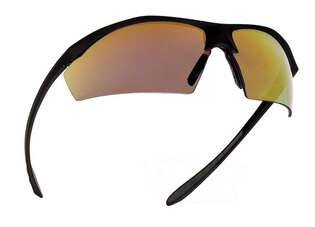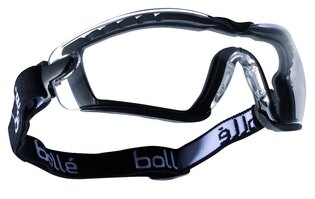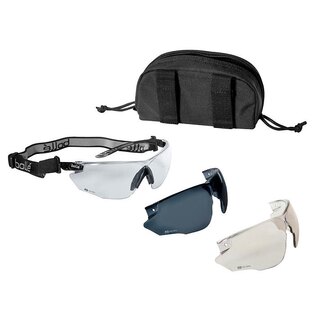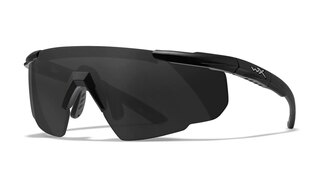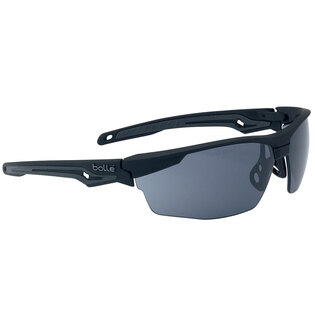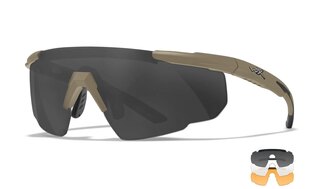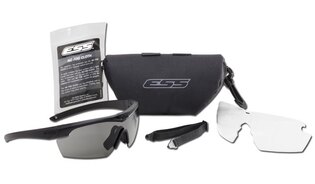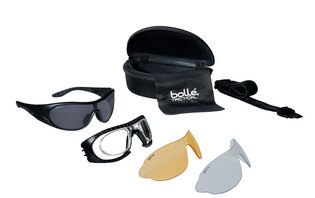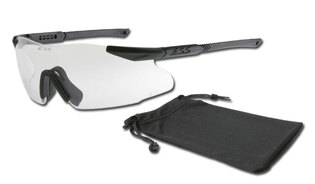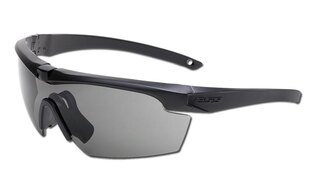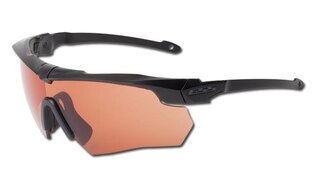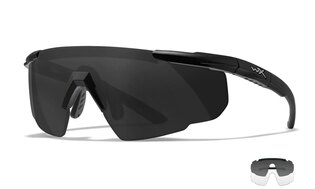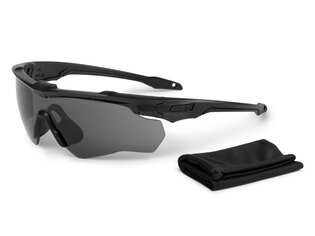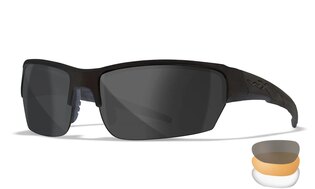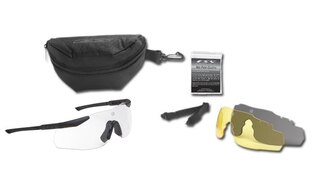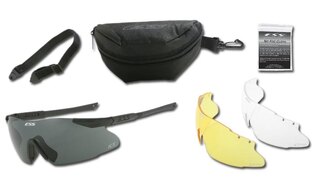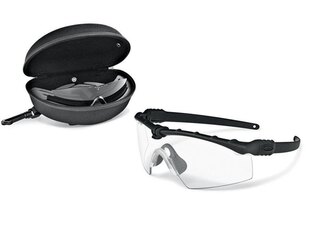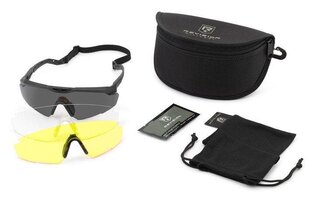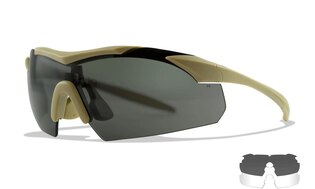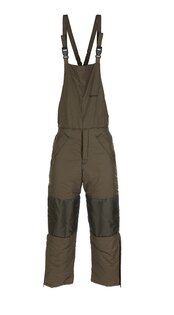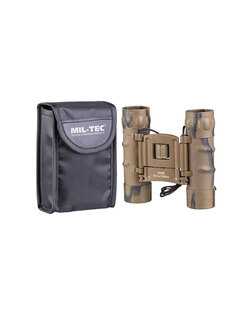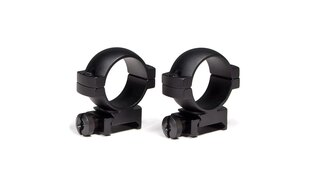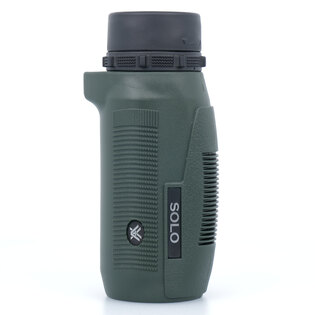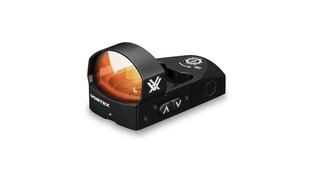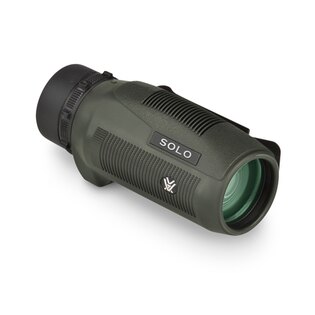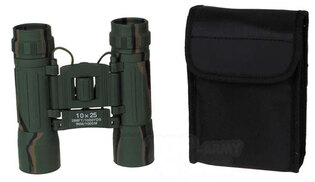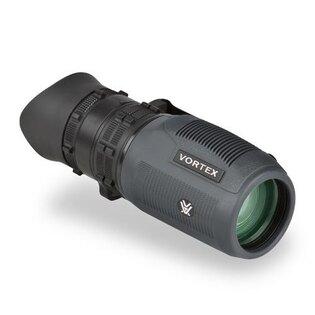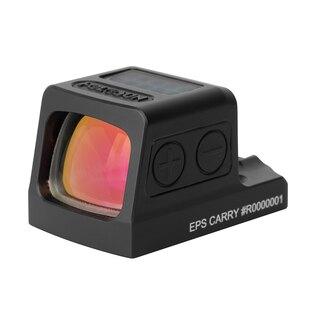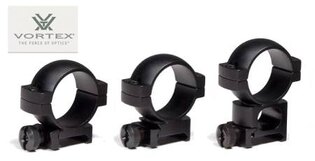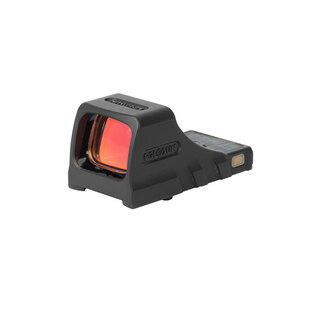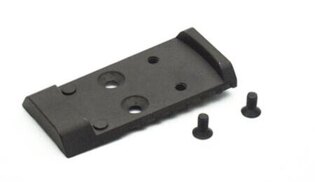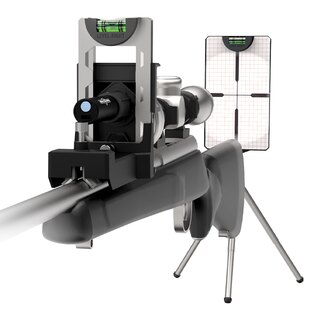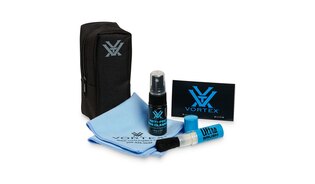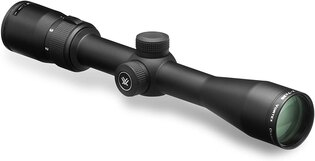Fine-tune your long gun winter shooting to the max
What is specific about long gun shooting in winter? And are there ways to improve it? At first glance, winter shooting is not fundamentally different from other seasons. You just take aim, hold your breath and pull the trigger. The difference won't show too much on the ballistics, and that it's a few degrees less outside? But beware, appearances are often deceiving, so even in this case there are some differences. What details should you look out for to fine-tune your winter long range shooting?

Winter long gun shooting has its specifics. What are they and how to fine-tune your shooting in winter?
1) Wear proper sunglasses even in winter
A continuous layer of snow can lie in the field and on the open shooting range in winter. White snow strongly reflects sunlight, which then has the potential to dazzle when shooting. That's why proper sunglasses are indispensable for winter shooting – unless, of course, you already have a quality model for year-round use at home.
2) Avoid exposed hips
When shooting, you often stretch, lean forward and change position in various ways. This means that even the clothes on your body move, stretch and shrink again. However, you should never allow your hips to be exposed. Therefore, when shooting in winter, do not forget the correct composition of clothing and, above all, that your back always remains covered.
This is best achieved with a jacket with an extended back part or by wearing pants with a raised waist or bib under the jacket (for example, Sleeka Salopettes from Snugpak). Or a combination of both.
3) Use a high-quality and functional jacket
The top part of the functional composition of clothing is always a jacket in winter. It should be of sufficient quality to protect you from the cold and adverse effects, even when you are waiting for hunting and do not move much.
So you need a jacket that may not be exactly the cutting edge design for fashion shows, but on the other hand is really functional. An important element of the jacket for winter shooting is the two-way zipper. This is because it can ensure that you can always comfortably reach the equipment attached to your tactical belt, but at the same time you stay warm and do not have to unnecessarily roll up your jacket or unzip it all the way.
And one more note about the jacket – be sure to choose a model with zippered pockets for the winter, so that anything important does not fall out of them during the journey to the destination. Searching for anything in several dozens of centimeters of snow is almost impossible.
4) Shoot with gloves
Although some shooters advise that you shoot without gloves in the winter, doing so can be counterproductive. Exposure to frost causes rapid loss of sensitivity in the fingers, which means that you would not feel the tactile response of the trigger sufficiently and, in extreme cases, could e.g. fire at the wrong moment or not at all.
It is therefore better to have one pair of thick mittens and weaker tactical gloves as a liner. Whenever you need to shoot, you just keep the insert on your trigger hand. You'll avoid frostbite, you'll feel the trigger exactly as you should, and your shooting will ultimately be more accurate. It is also possible to have only thinner gloves and choose a jacket that has insulated pockets for continuous hand warming. Alternatively, use disposable hand warmers in a bag.
In addition, many models of rifles are adapted to be operated with gloves. In the summer, shooting gloves are also used, albeit tactical ones, which often have the index finger and thumb cut off at the top for better tactile sensitivity. In any case, there are types of rifles that have an enlarged trigger guard so that the index finger can fit under it even when wearing gloves. Reduced sensitivity could again lead to inaccurate shooting.

When shooting without gloves, the sensitivity in the fingers quickly disappears due to the cold. Many rifle models are adapted for shooting with gloves.
5) Pay attention to the weapon and optics
The gun and its accessories, including optics, are the most valuable thing for a shooter, and they need to be treated accordingly. Always keep the lenses of riflescopes and other optics covered when you are not using them. Make this your golden rule.
Also, be careful not to breathe on the exposed optics, as breath condenses on the lenses. Although most rifle optics these days are protected against moisture (and dust) to some extent, it is always better to avoid any external influences on them.
When moisture condenses or the lenses fog up, you either have to risk scratching the lenses while cleaning (keeping a clean cleaning cloth in the field is somewhat more difficult after all), or wait for the lenses to de-fog on their own, which takes time. At the same time, be careful not to dust your optics with snow.
The same applies to the rifle itself, especially to its mechanical parts. Even a small dusting of snow can melt in the sun and then, as soon as it gets cloudy and cools down, start to freeze. And frozen mechanical parts of the weapon are not exactly what you want.
6) Calculation of the distance to the target
In the winter, your laser rangefinder will probably not work properly for a number of reasons. We already talked about one in the section on sunglasses – in clear weather, sunlight reflects off the snow, creating a feeling of even higher brightness. And lasers simply don't work that well in bright light.
The second reason for the poor functioning of the rangefinder occurs, on the contrary, when it is cloudy and snowing outside. When aiming at a target, the laser can get "stuck" on individual snowflakes and thus distort the distance. That is why it is advisable to use the good old Mildot analog rulers/calculators and, of course, to know how to work with them in advance. The manual calculation is then much more accurate, at least as far as the winter landscape is concerned.
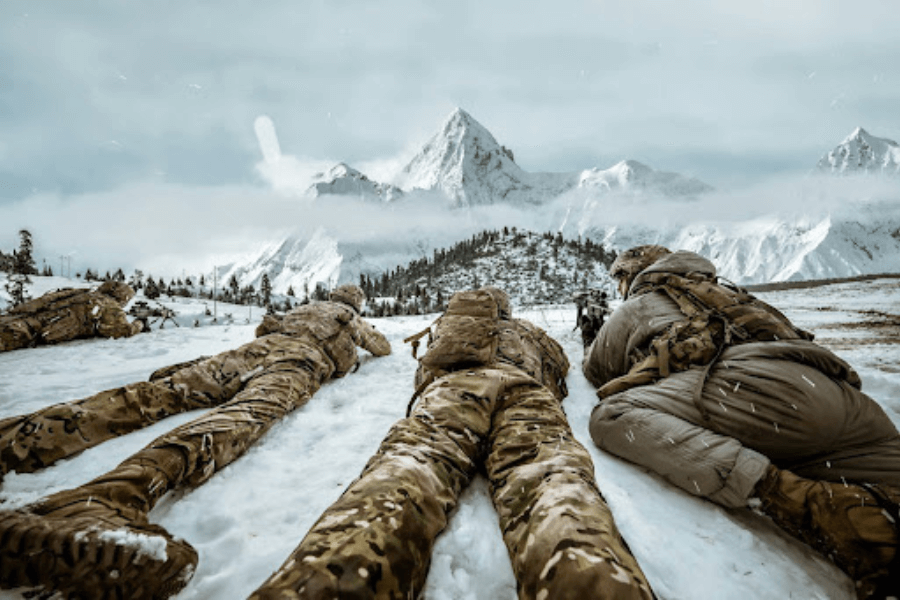
When shooting in winter, pay attention to the correct composition of clothing. Pay special attention to the lumbar region, which should always remain covered.
7) Consider the air temperature
Then there's another thing related to ballistics, which is ballistics distortion due to cold weather. Air temperature and other weather factors play a role, and quite a significant one, in accurately measuring a ballistic missile. For example, a cold barrel reduces the muzzle velocity of the projectile quite substantially, mainly because cold powder burns worse (i.e. more slowly). This means, among other things, that you will shoot a little lower compared to your summer calculations.
However, you will also shoot a little lower due to another factor, and that is the cold air itself. This is because it is denser than warm air, so it will slow down the bullet in flight. You will notice this especially when shooting at medium to distant targets.
You can correct for deviations in muzzle velocity to some extent by carrying your ammunition in a pocket that is hidden under your jacket as close to your body as possible. Not in a backpack and certainly not in a separate open case. The ammunition will thus maintain a stable temperature.
8) Measuring the state of the environment
To measure the state of the environment, namely the weather and other values and variables for the purpose of ballistic evaluations, most people today use a smartphone. However, there is often a problem with battery life in freezing temperatures. Even if you keep your smartphone in a warm pocket, it will discharge faster than if it is 20°C outside. And the same applies to the power bank.
A partial solution to this situation can be the purchase of a portable weather station (for example, the Kestrel brand). Although there is also a risk of faster battery discharge, compared to smartphones, it is still a more robust device with lower consumption. And Li-ion batteries, which these devices often use, are less prone to rapid discharge. Alternatively, find out the more detailed weather forecast in the given area in advance and write down the data if you do not need such precise data.
9) Use a tripod
Many long gun shooters mostly use bipods for barrel support throughout the year. However, such a solution is not sufficient in winter. The bipod gets stuck in the snow easily and you have to lie down while shooting with it, so sooner or later you risk catching a cold.
A tripod is more convenient in this, because you can easily adjust the height and you can also stand while shooting - provided, of course, that you are otherwise well camouflaged (we are mainly talking about hunting). The tripod is a versatile tool that doesn't mind even deeper snow, because if it gets stuck, you can easily move the height of the legs a little higher. If the legs of the tripod are also removable, you can alternatively use them as hiking or ski poles, which will further reduce the amount of necessary equipment when traveling in the field.
TIP: Read more about using a tripod in this article.
Readers are further interested



















































































































